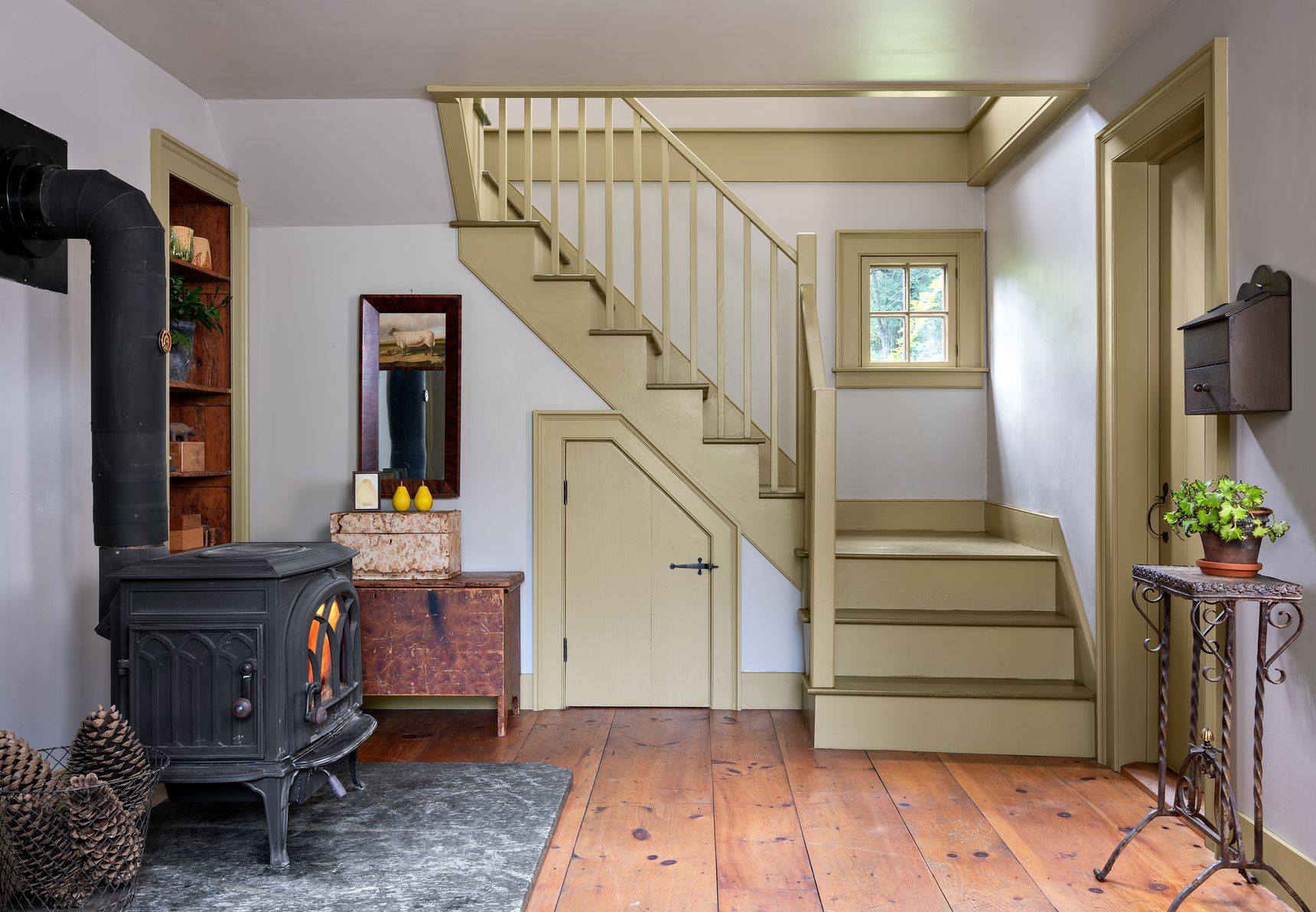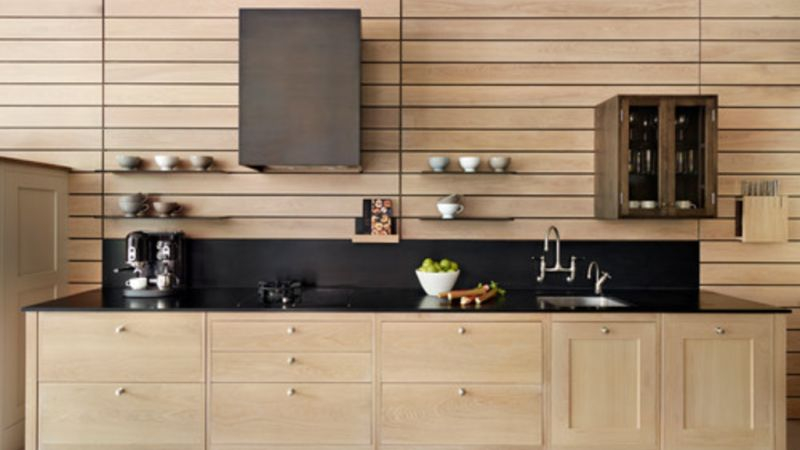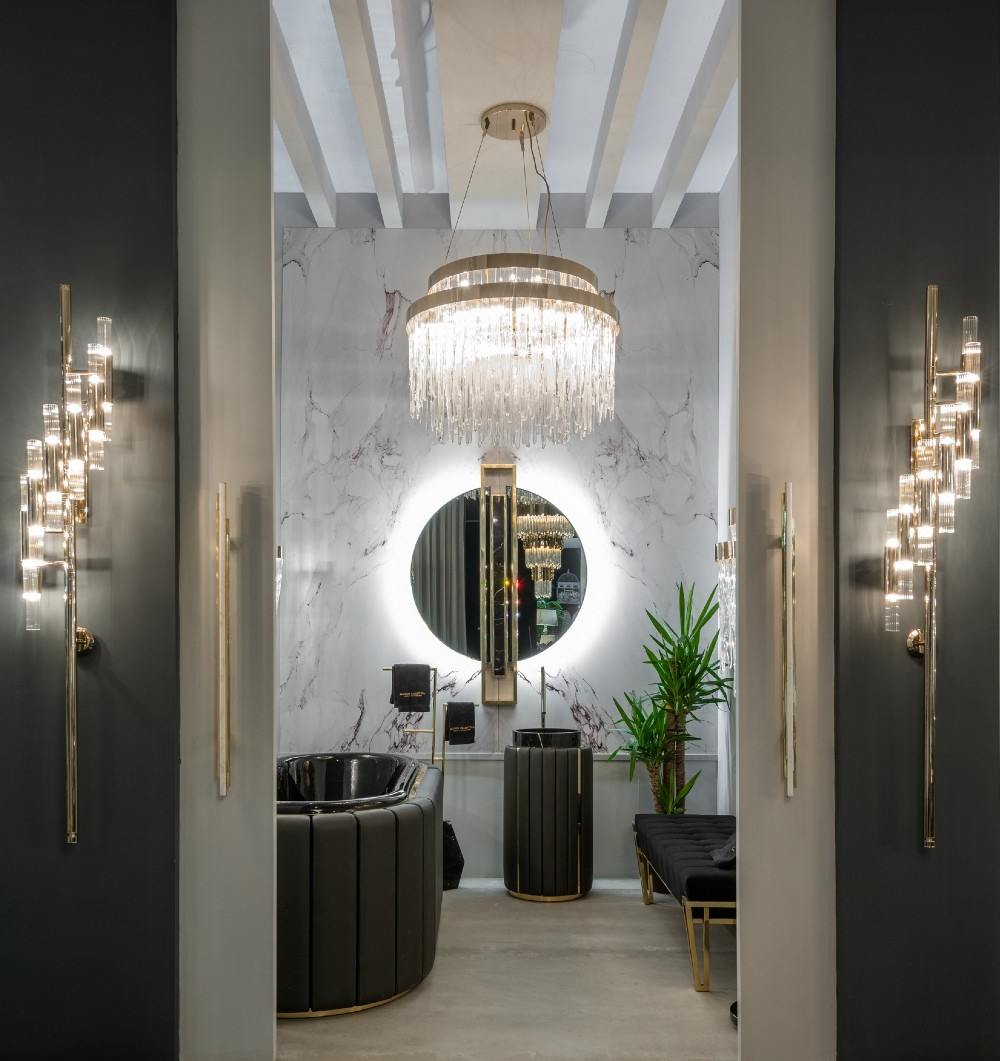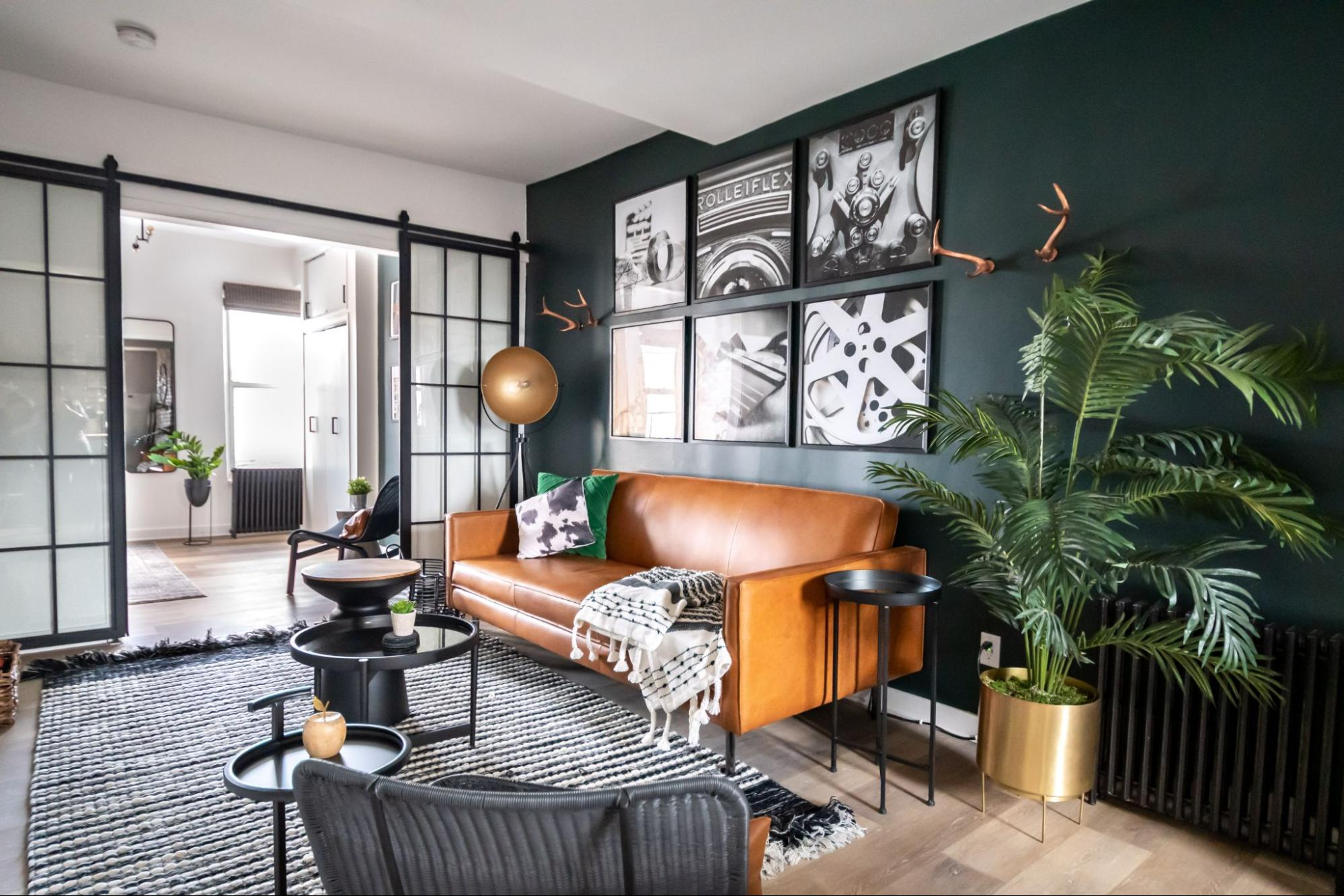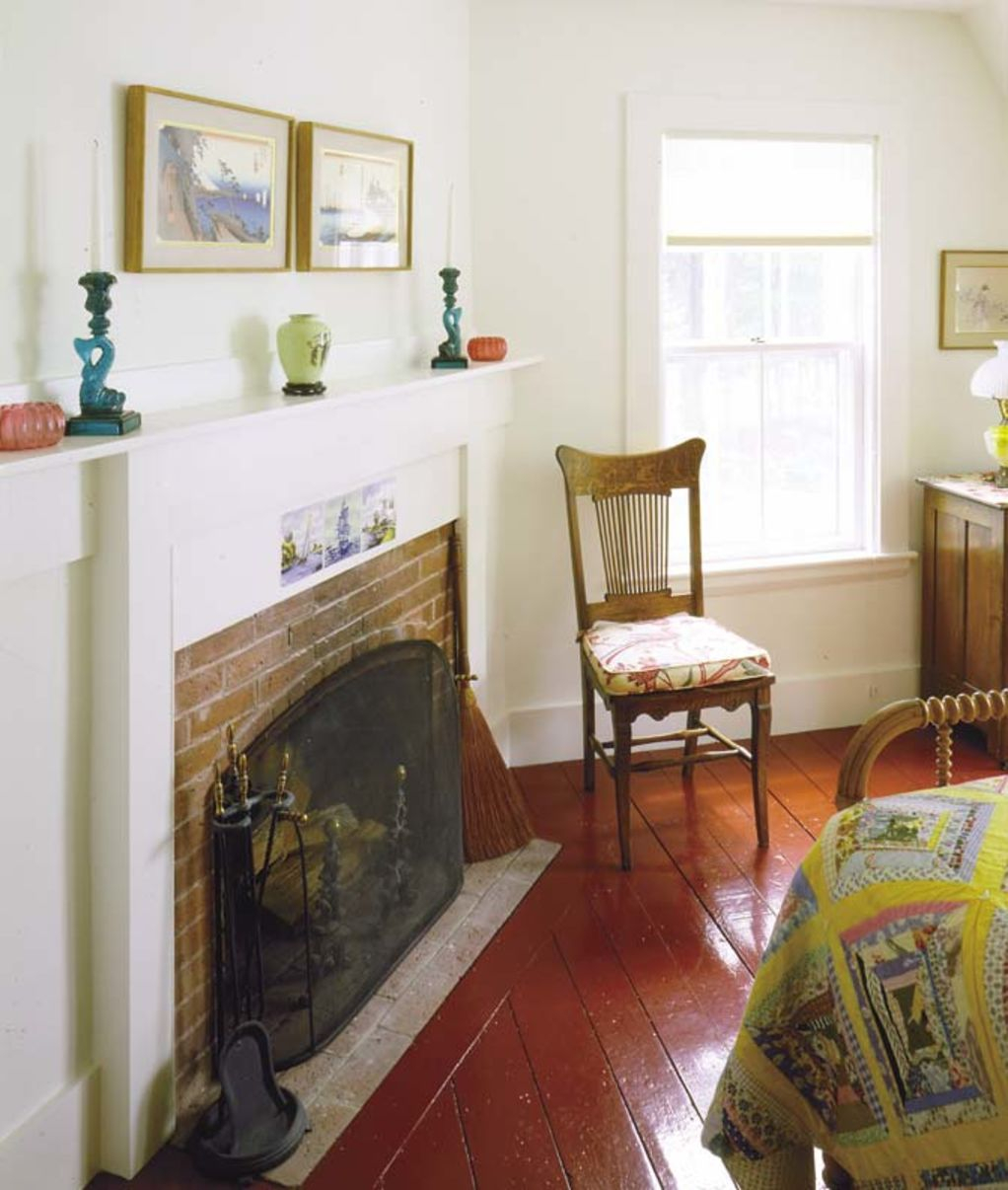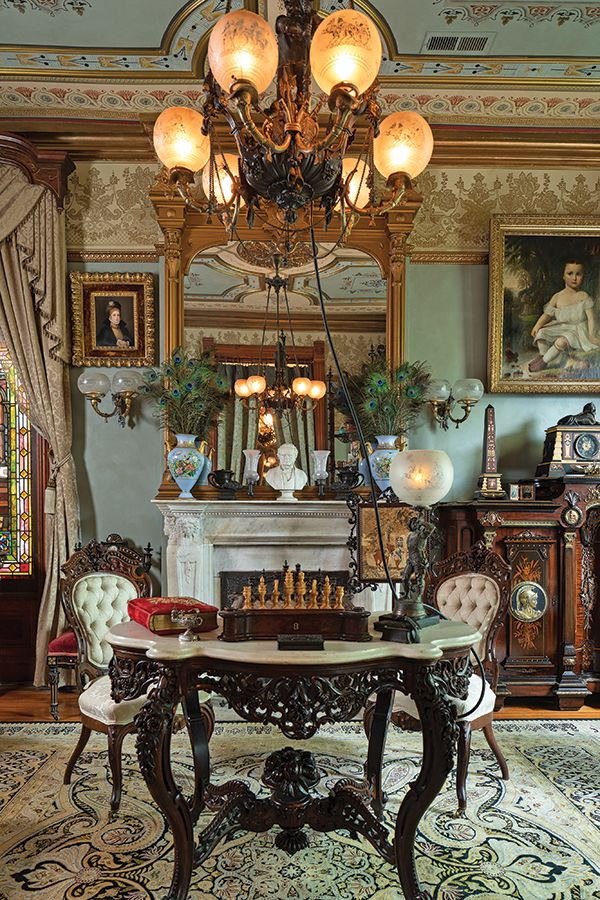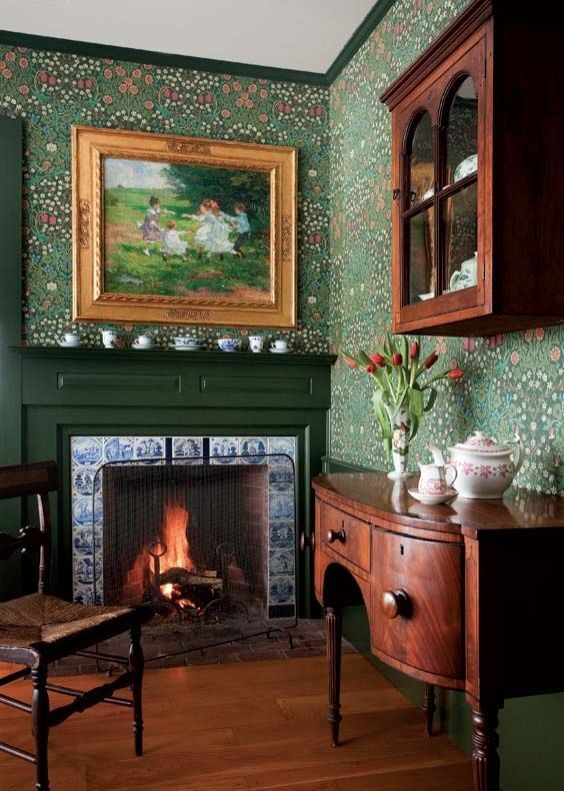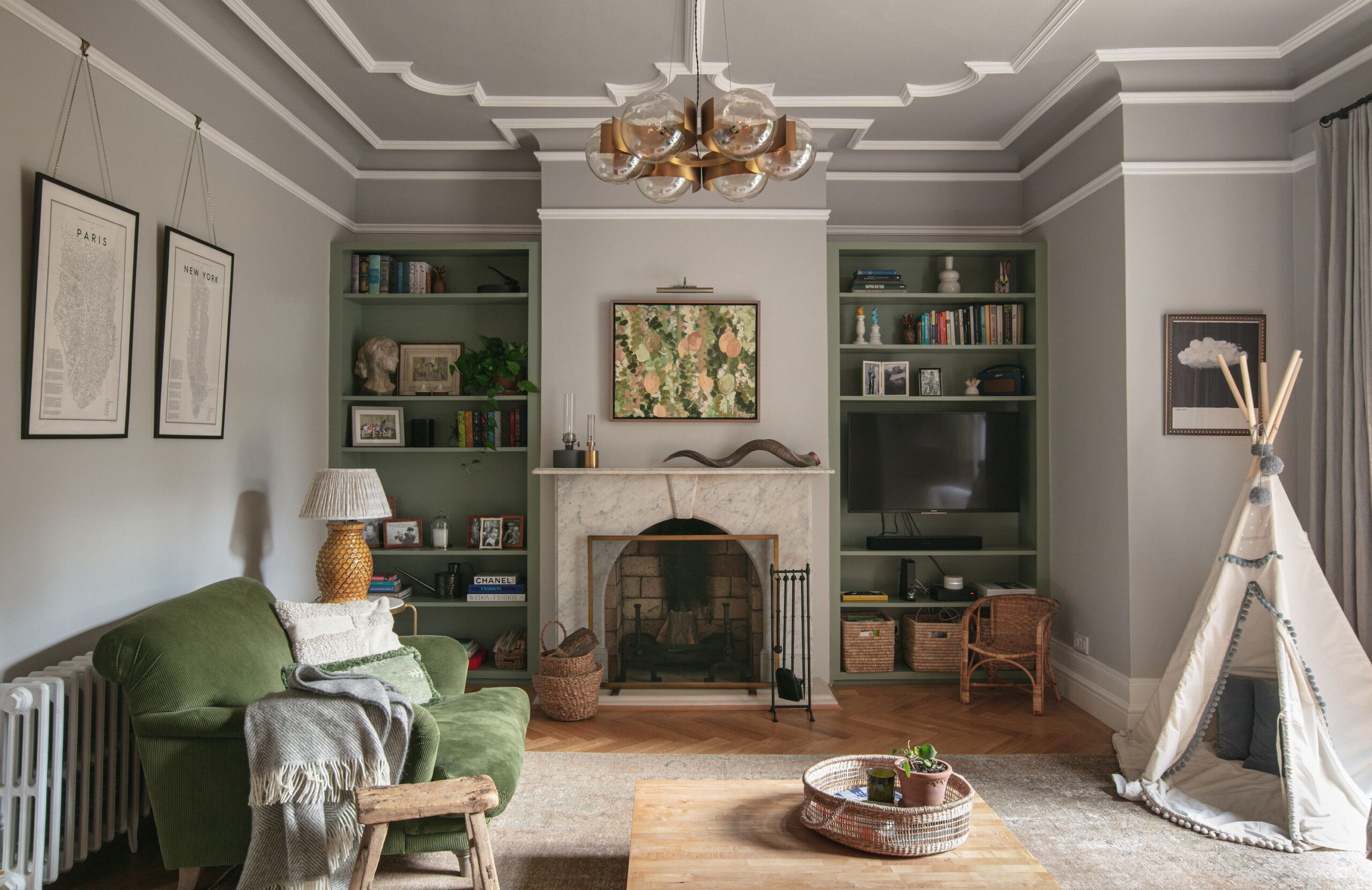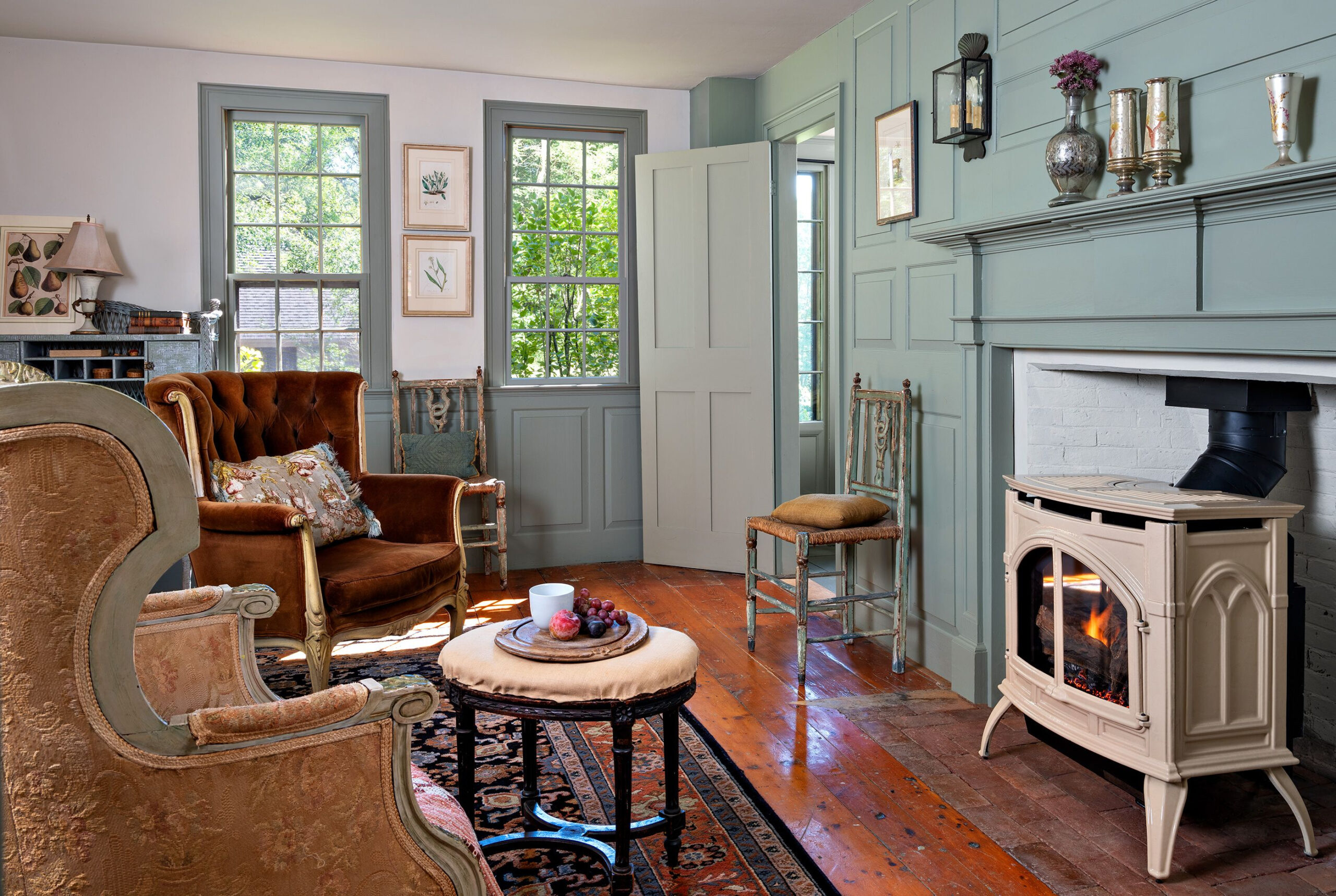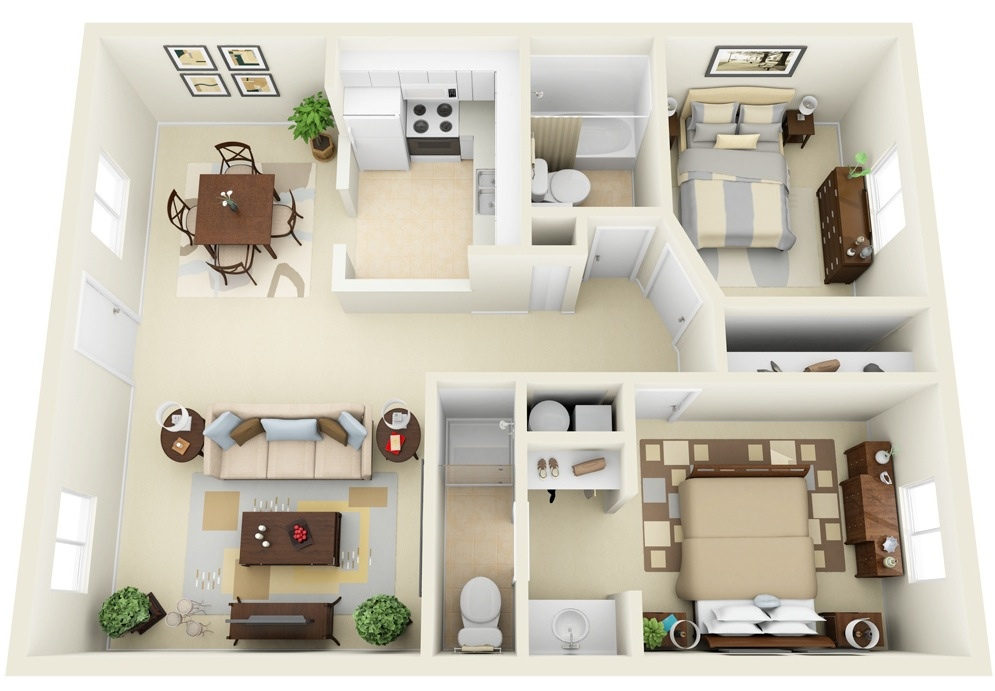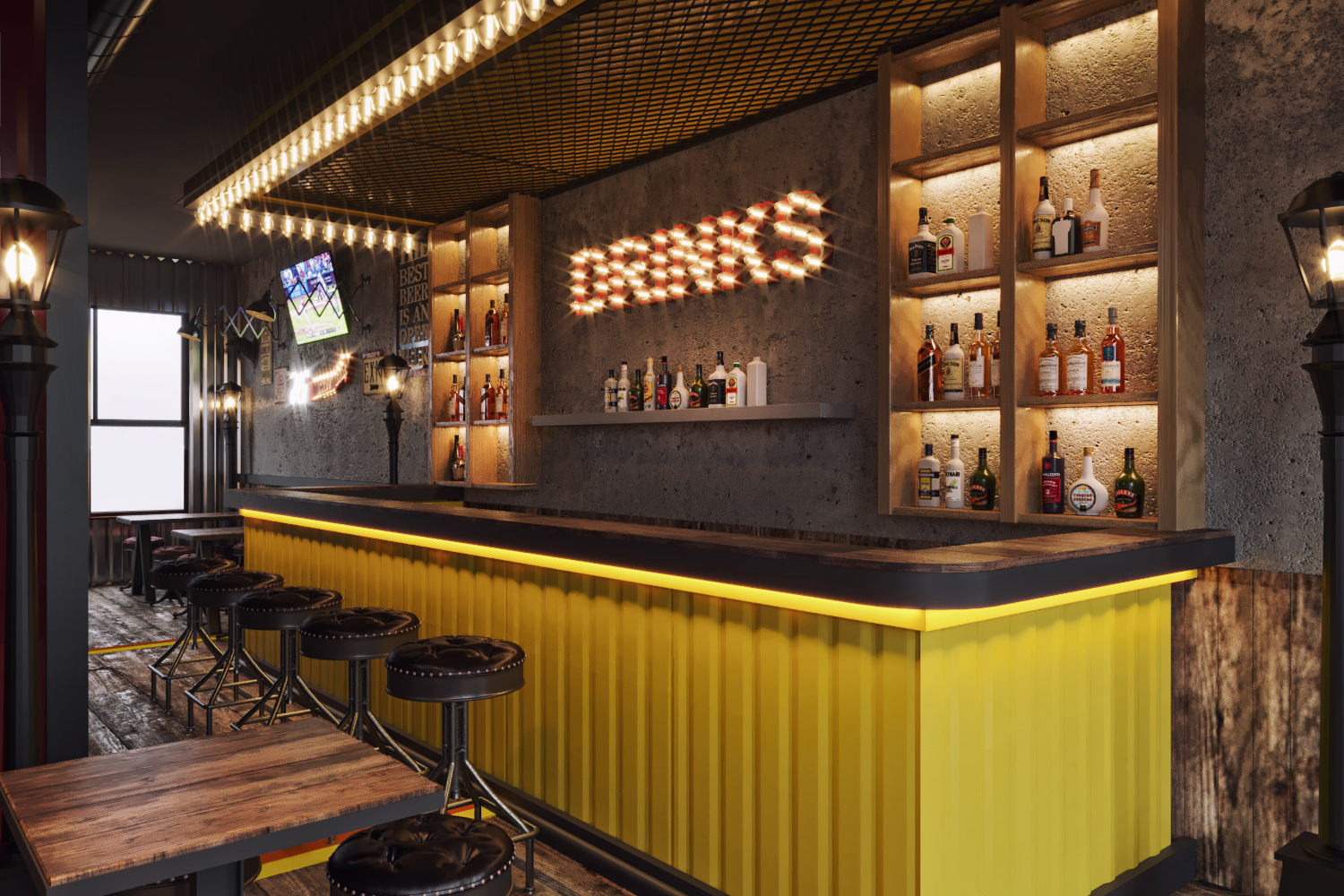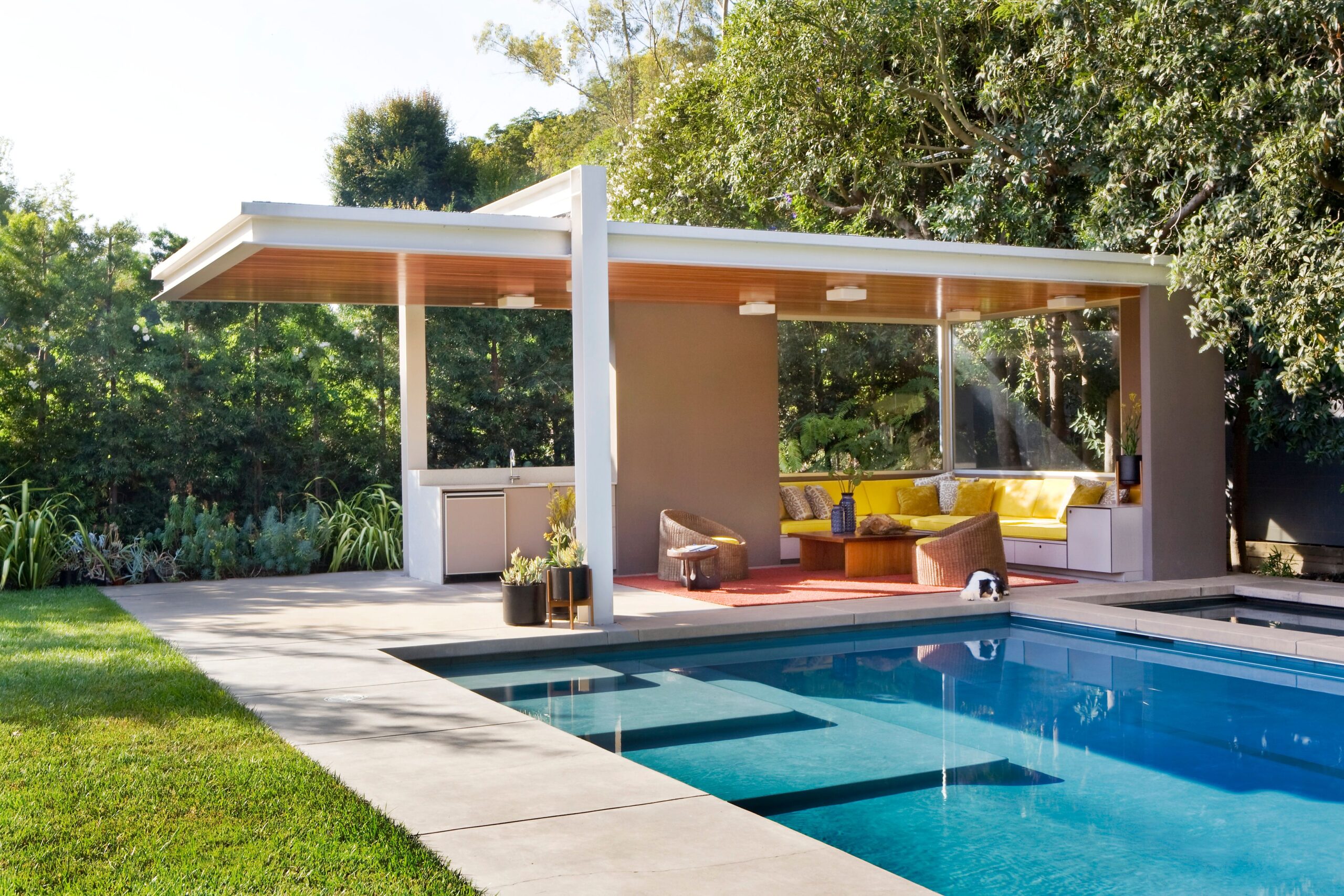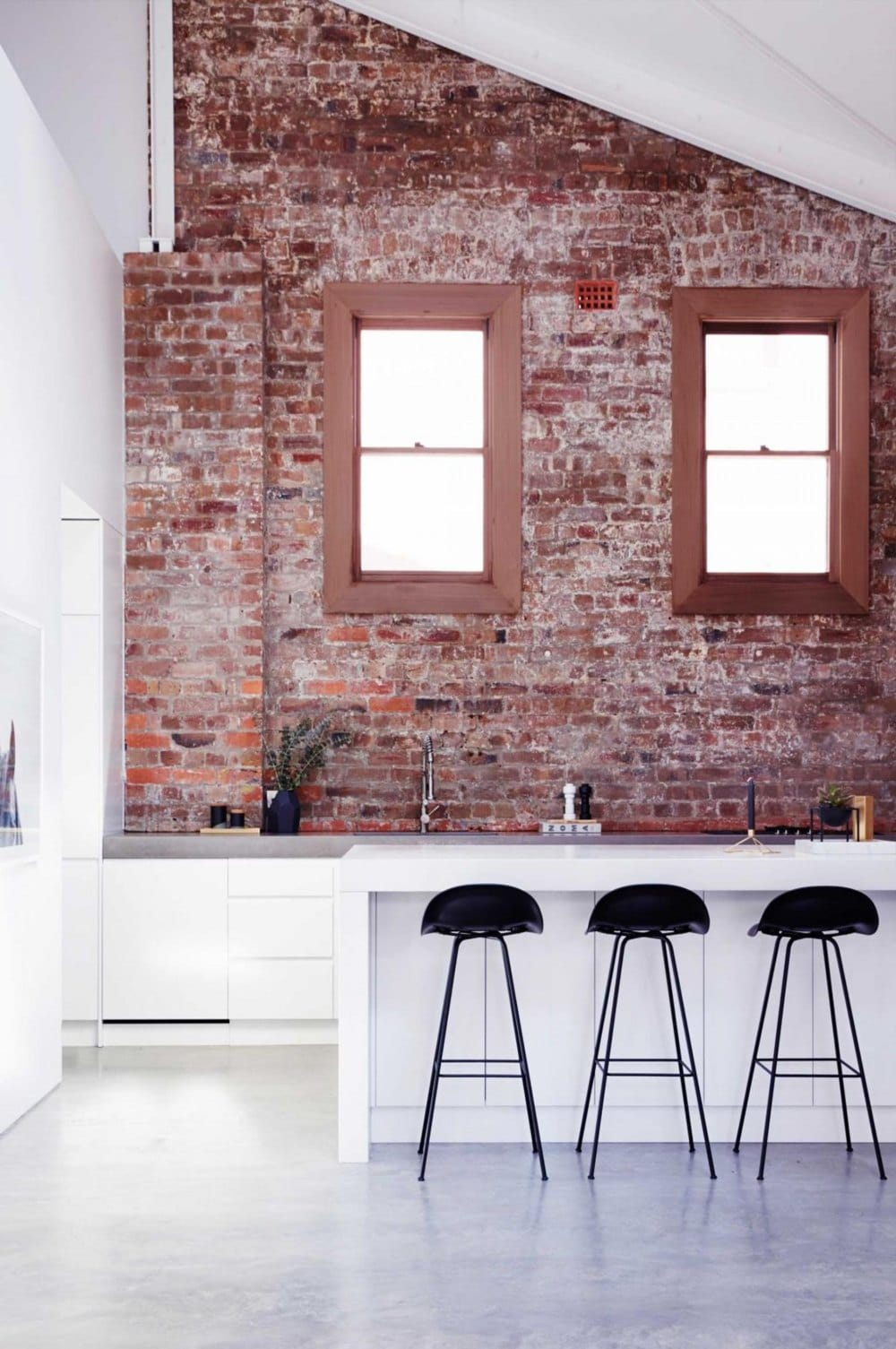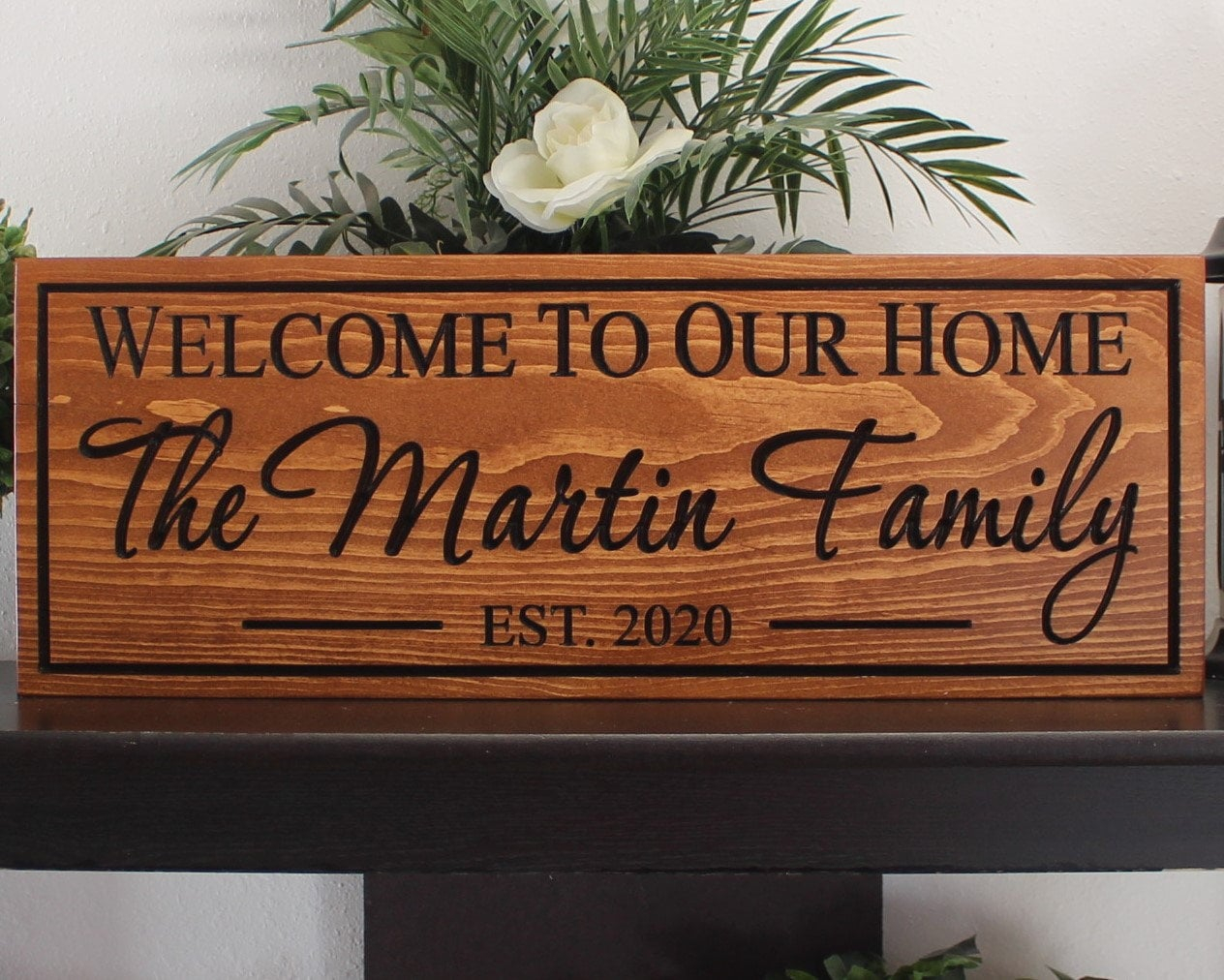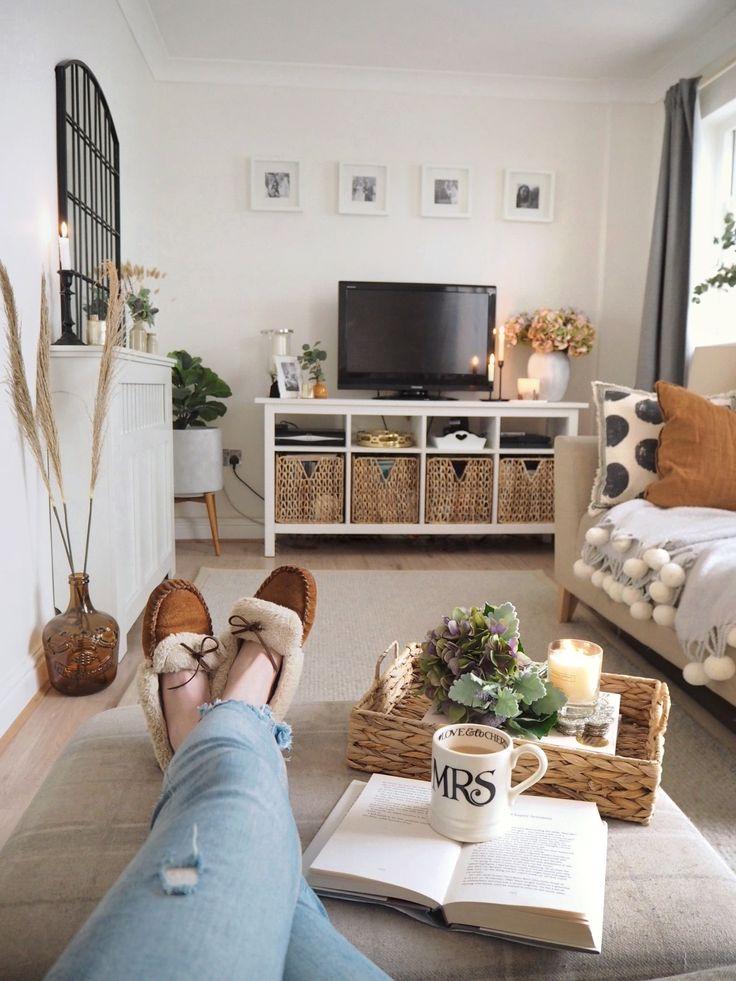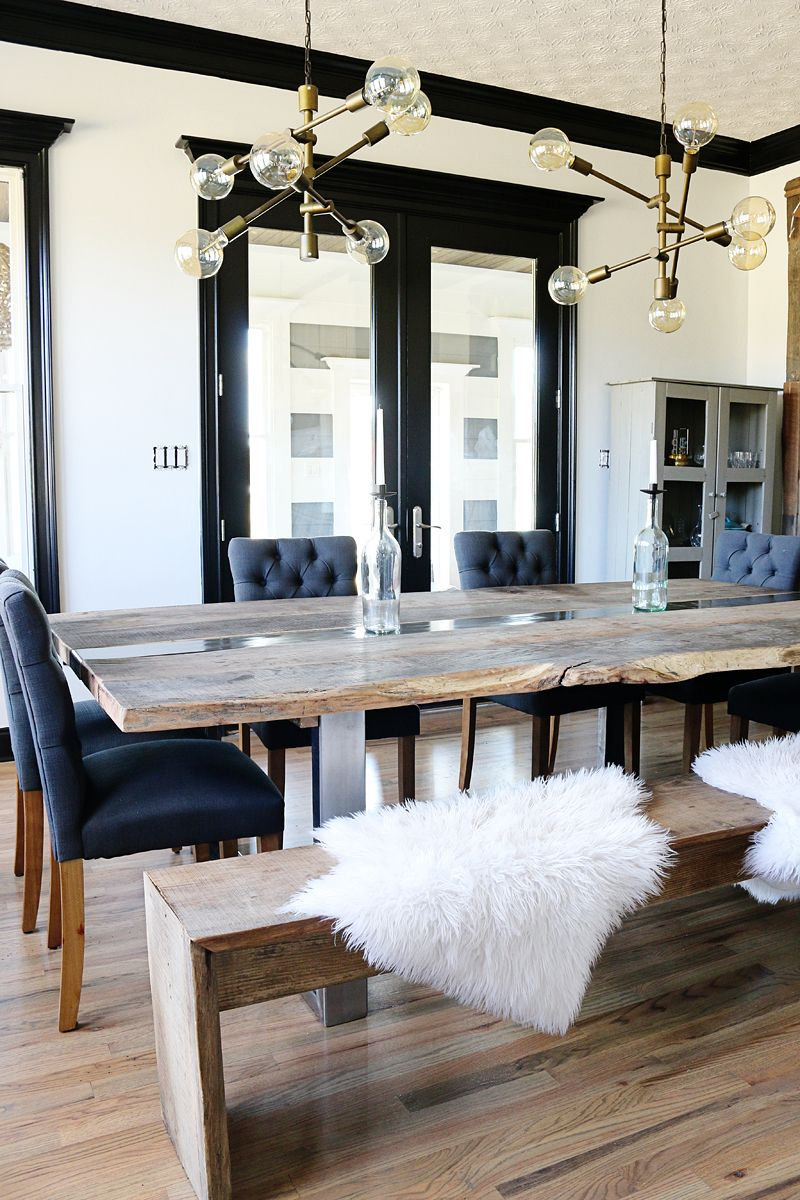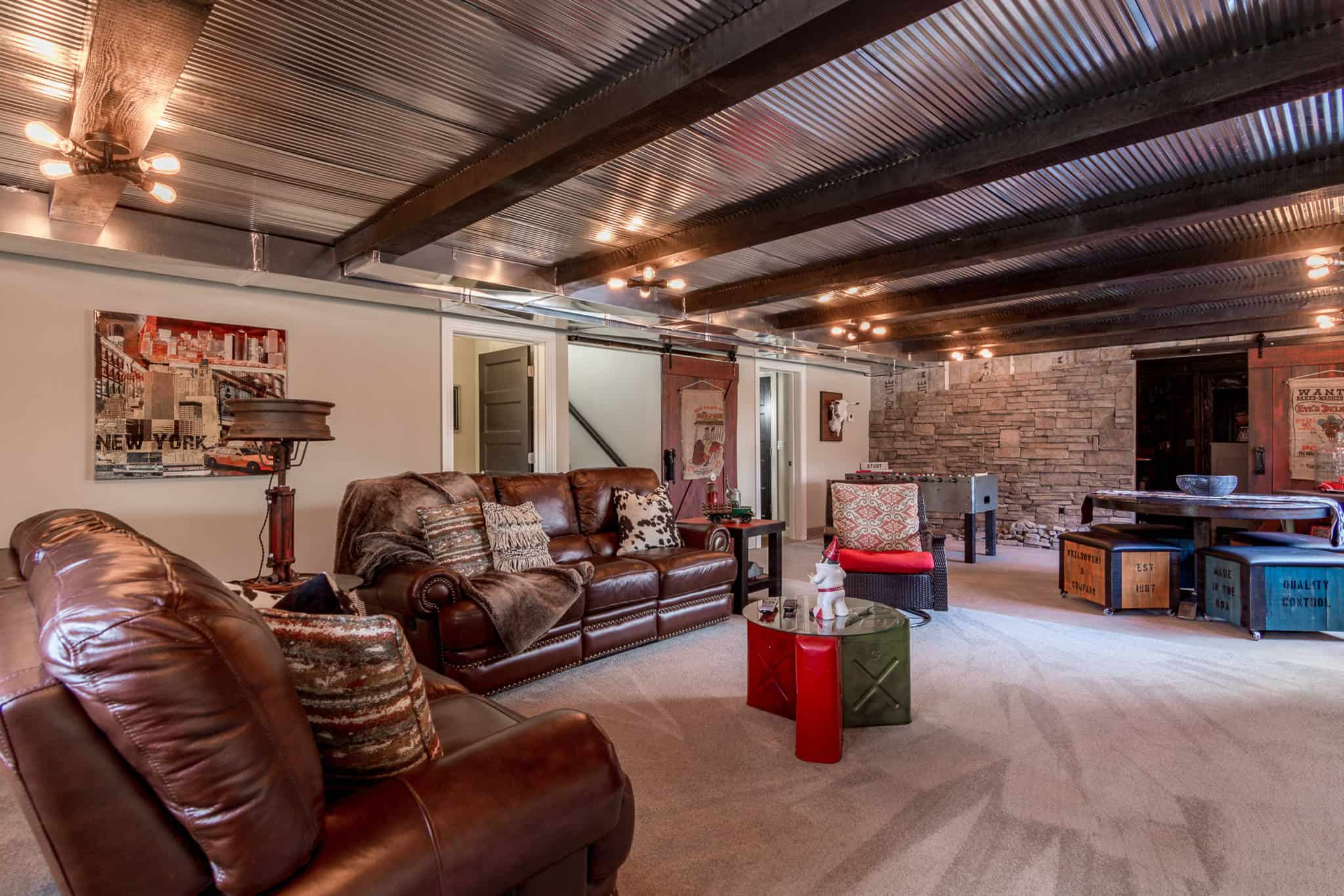Owning a historic home is like holding a piece of living history. These structures carry stories, echoes of lives lived, and a certain undeniable charm that newer builds simply can’t replicate. But how do you bring these venerable spaces to life in a way that respects their past while embracing the present? It all comes down to thoughtful interior design, a delicate dance between preservation and personalization.
There’s a magic to old houses, isn’t there? A certain gravitas, a warmth that seeps from the very timbers. Perhaps it’s the patina of age on the woodwork, the graceful lines of a bygone era, or simply the layers of memories held within their walls. When you embark on decorating a historic home, you’re not just choosing paint colors or furniture; you’re engaging in a conversation with the past. It’s about understanding the architectural soul of the building and infusing it with your own personality, creating a space that feels both authentic and utterly yours. It’s a rewarding journey, but one that requires a bit of know-how and a lot of heart.
Understanding Your Home’s Architectural DNA
Before you even think about picking up a paintbrush, the first crucial step is to really look at your house. What era was it built in? What are its defining architectural features? Is it Victorian, Colonial, Craftsman, Art Deco? Each style has its own language, its own set of design conventions and materials. Knowing this is like having a cheat sheet for your home’s aesthetic. For instance, a Victorian home might boast intricate moldings, bay windows, and ornate fireplaces, suggesting a richer, more layered approach to decor. A mid-century modern ranch, on the other hand, might feature clean lines, large windows, and a connection to the outdoors, guiding you towards a more minimalist and functional design. Researching your home’s period will give you a solid foundation and prevent you from making design choices that feel jarring or out of place. It’s about respecting the original intent of the builders and designers who came before you.
Preserving Original Features: The Heartbeat of the Home
The original elements of your historic home are its most precious assets. Think about those beautiful hardwood floors, the intricate plasterwork, the vintage hardware, the stained-glass windows, or even the old radiators. These aren’t just decorative; they’re integral to the character and story of your house. The goal is always to preserve and highlight these features whenever possible. This might involve careful cleaning and restoration rather than replacement. Instead of ripping out that old fireplace surround, consider cleaning it, repairing any damage, and perhaps complementing it with period-appropriate furnishings. If you have original hardware, try to restore it rather than swapping it for modern alternatives. These details are what truly give a historic home its soul and distinguish it from anything mass-produced. It’s these authentic touches that connect you to the past and create a sense of timelessness.
Bridging the Gap: Modern Comfort Meets Historic Charm
While honoring the past is paramount, no one wants to live in a museum. The beauty of interior design for historic homes lies in the harmonious integration of modern amenities and comforts. This doesn’t mean sacrificing authenticity. It’s about finding clever ways to update without overwhelming. For example, you can install updated electrical wiring and plumbing while concealing them behind original plaster walls or within carefully chosen cabinetry. Kitchen and bathroom renovations offer a great opportunity for this. You can opt for cabinetry styles that echo the home’s period, use subway tiles reminiscent of older kitchens, or select fixtures that offer a nod to historical designs, all while incorporating modern appliances and functionality. The key is to keep the updates sensitive to the existing architecture, ensuring they enhance, rather than detract from, the home’s inherent character. It’s about making the house livable and enjoyable for today’s lifestyle.
Color Palettes and Materials: A Nod to the Era
Choosing the right colors and materials can profoundly impact how your historic home feels. While you’re not strictly bound to historical accuracy in every choice, drawing inspiration from the home’s original era can create a cohesive and authentic atmosphere. Researching popular color palettes from the period can be incredibly illuminating. For a Victorian home, you might explore rich jewel tones, deep burgundies, emerald greens, or even dramatic wallpapers. For a Colonial revival, consider softer, more muted tones. Material choices are equally important. Natural materials like wood, stone, and cotton or linen fabrics often feel most at home in older houses. When selecting new materials, try to choose options that are sympathetic to the existing ones. For instance, if your home has beautiful original wood floors, consider using natural wood finishes or coordinating rugs. If you’re adding new woodwork, try to match the species and profile of the original as closely as possible. This attention to detail makes a significant difference.
Furniture and Decor: A Curated Collection
When it comes to furnishing your historic home, think about creating a curated collection rather than a fully matched set. Mixing period-appropriate pieces with more contemporary items can create a dynamic and personal feel. An antique armchair can look stunning paired with a sleek, modern side table. A vintage rug can ground a room with a more minimalist aesthetic. Consider the scale and proportion of your furniture in relation to the room. Larger, more ornate rooms might handle larger, more substantial pieces, while smaller spaces might benefit from more delicate or multi-functional furniture. Don’t be afraid to incorporate personal touches through art, photography, and decorative objects that tell your own story. These items, too, should feel like they belong, adding layers of personality and warmth to the historical backdrop. It’s about creating a comfortable and inviting living space that reflects who you are.
Lighting: Illuminating the Past and Present
Lighting is often overlooked, but it plays a vital role in bringing out the best in a historic home. The right lighting can highlight architectural details, create ambiance, and ensure the space is functional. Think about layering your lighting: ambient light for general illumination, task lighting for specific activities, and accent lighting to draw attention to features like artwork or architectural elements. When choosing fixtures, consider styles that complement the home’s period. This could mean elegant chandeliers for a grand Victorian, simple lanterns for a Colonial home, or perhaps even some iconic mid-century modern designs if that’s your home’s era. However, modern lighting can also be integrated sensitively. Recessed lighting can be used sparingly and strategically to provide unobtrusive illumination. Dimmers are your best friend, allowing you to control the mood and intensity of light throughout the day and evening. The goal is to create a warm, inviting glow that celebrates the home’s character.
Designing for a historic home is a deeply personal and incredibly rewarding endeavor. It’s about more than just aesthetics; it’s about stewardship, respect, and creating a living space that resonates with history and personal meaning. By understanding your home’s architectural heritage, preserving its original character, and thoughtfully integrating modern comforts, you can create a space that is both beautiful and profoundly livable. Embrace the process, trust your instincts, and let the unique soul of your historic home guide you. The result will be a dwelling that not only shelters you but also tells a captivating story – a story that is a blend of the past and your own vibrant present. What a wonderful legacy to build upon.

